How to decrease impacts to fish when fishing during a drought year
GW: Some good tips no matter where you fish!
SALT LAKE CITY — After Gov. Spencer Cox issued an executive order in April, declaring a state of emergency for 17 counties in Utah due to drought conditions, low water levels are top of mind for many Utahns. Drought impacts many things, including fish and wildlife species. If you are planning some fishing trips this summer, here are a few things to consider before you head out.
How drought impacts fish species
Drought impacts fish by reducing the amount of water available in lakes, reservoirs and streams throughout the state. These are primary habitats for Utah’s fish, and having less water affects fish in multiple ways.
“This smaller amount of water heats more quickly and warms to higher temperatures than when there is more water available,” Utah Division of Wildlife Resources Sportfish Coordinator Trina Hedrick said. “Warm water also holds less oxygen than colder water. The combination of high temperatures and low oxygen can stress many coldwater fish species — like trout — which causes poor growth and disease. Fish can also die when temperatures are too warm or the oxygen levels get too low.” Read more

 On two back-to-back days,
On two back-to-back days, 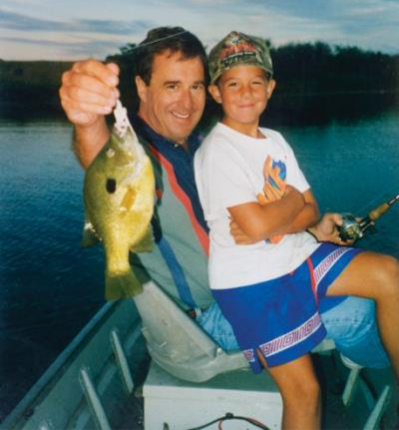
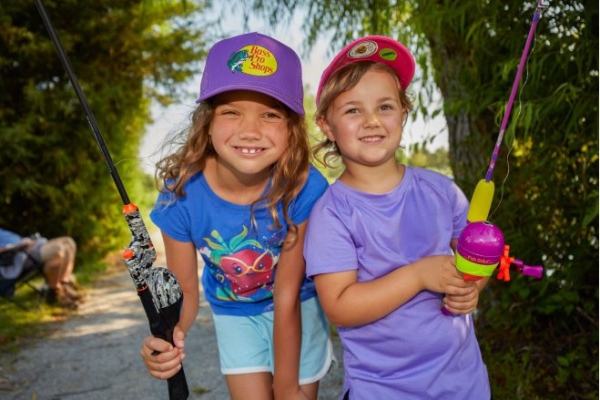
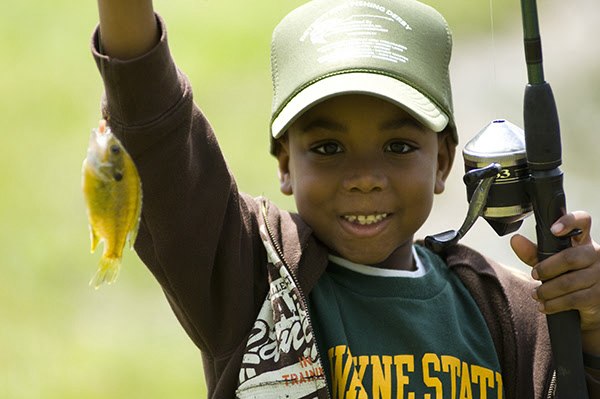
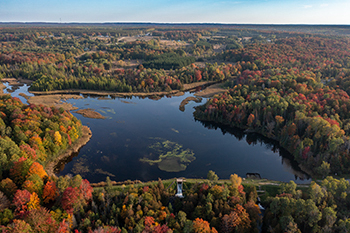
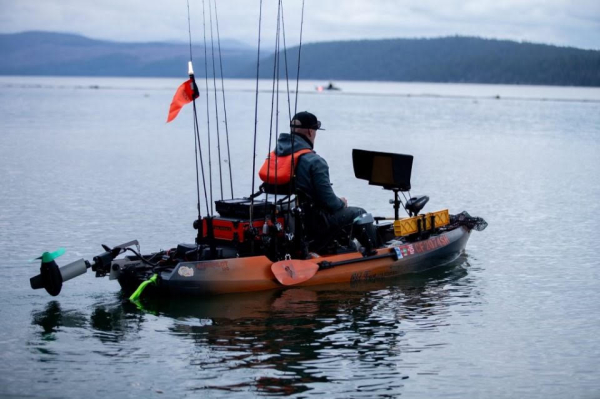
 Ever wish you could get paid to fish? Well, don’t quit your day job, but do get out on the water this summer for the Midwest Walleye Challenge — you’ll have the chance to win cash prizes and provide useful information to fisheries biologists.
Ever wish you could get paid to fish? Well, don’t quit your day job, but do get out on the water this summer for the Midwest Walleye Challenge — you’ll have the chance to win cash prizes and provide useful information to fisheries biologists.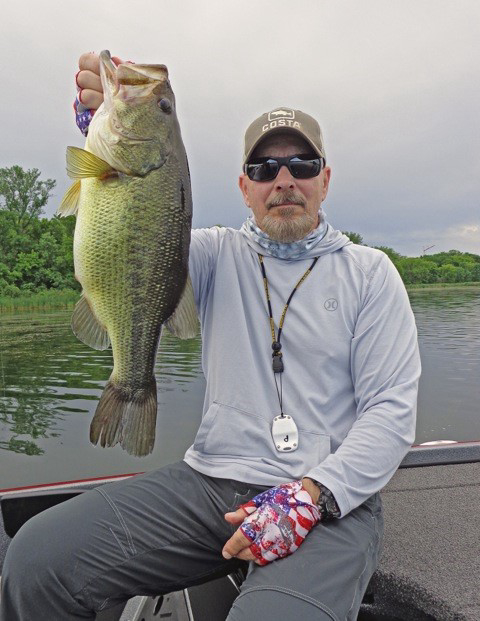
 The Kids Fishing Day Team is thrilled to be celebrating the 32nd anniversary of its annual Kids Fishing Day this year.
The Kids Fishing Day Team is thrilled to be celebrating the 32nd anniversary of its annual Kids Fishing Day this year.

